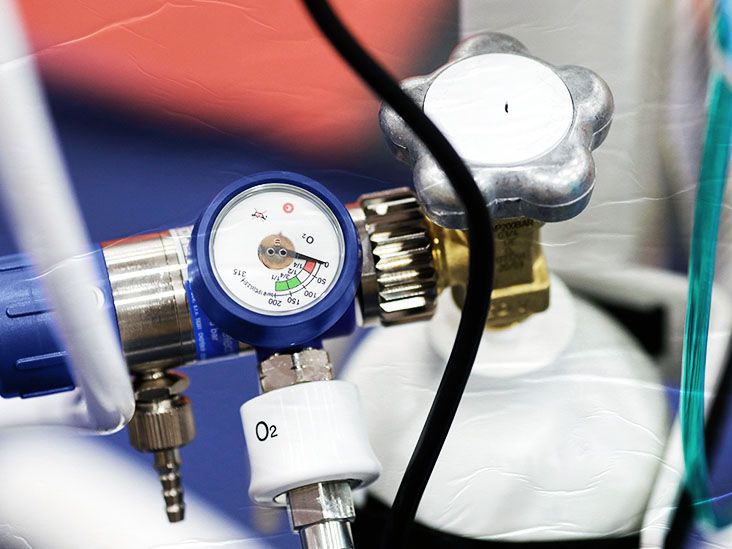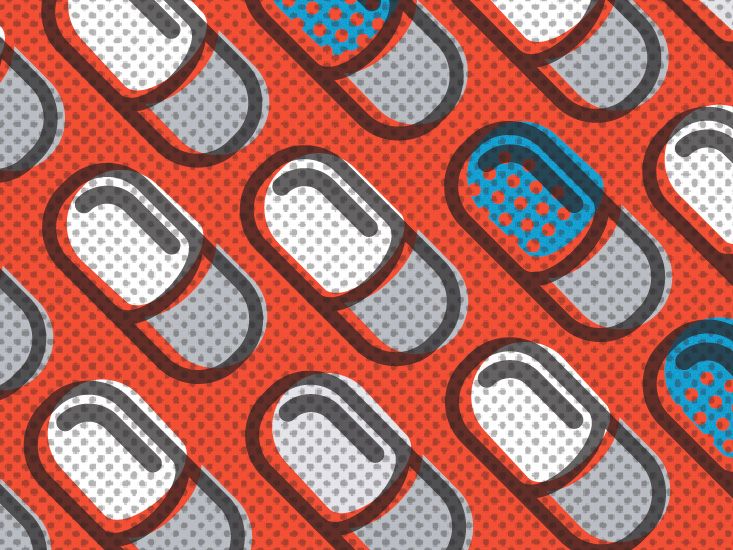Decoding Red Patches on the Roof of Your Mouth
Discovering enflamed red blotches across the palate often causes alarm. However, many commonplace culprits can lead to temporary oral inflammation and small lesions around the upper mouth. Identifying what sparked these fiery spots helps determine best treatment options for relief.
Common Causes of Red Splotches
Some top reasons red patches crop up on the roof of the mouth include:
- Canker sores - Small oval ulcers with white/yellow centers ringed by red.
- Oral thrush - Candida yeast infection creating creamy red plaques.
- Oral lichen planus - Chronic inflammatory condition triggering sore, lace-like lesions.
- Burns - Hot liquid or food contact causes painful red blistering.
Less common culprits can lead to similar appearing red spots too like viral infections, immune system disorders, vitamin deficiencies etc. Pinpointing the exact source is key to getting properly treated.
Characteristics of Mouth Roof Splotches
Paying attention to distinguishing features around your mouths red marks provides insight into potential root causes including:
- Location - Clustered patches favor thrush or lichen planus; single ulcers signal canker sores.
- Color - Dark red spots indicate damage, irritation or bleeding underneath.
- Texture - Blistery, thick lesions are likely burns or viral eruptions vs flat patches from pigmentation issues.
- Duration - Short-lived dots that fade quickly suggest transient irritation vs chronic lichen planus plaques.
Also note if additional symptoms arose concurrently like mouth pain, difficulty eating/swallowing, fatigue etc. All these clues aid your doctors diagnosis.
Causes and Risk Factors
Certain people face higher odds for developing red sore spots across the roof of the mouth. Typical risk factors include:
Weak Immune System
Those with compromised immunity have a harder time fending off pathogens and infections leading to oral inflammation or viral lesions. Conditions like HIV or AIDS, chemotherapy treatment, diabetes, chronic stress etc impair the bodys infection-fighting abilities.
Hormonal Changes
Hormone shifts in adolescence or perimenopause influence oral health. More red patches crop up during monthly menstruation as well thanks to estrogen/progesterone changes. These fluctuations modify immunity, enabling more infections.
Poor Nutrition
Diets low in critical nutrients like iron, vitamin B12 or zinc hinder tissue healing. Deficiencies make the tender mouth lining more vulnerable to damage and redness. Dehydration also exacerbates any existing oral inflammation.
Uncontrolled Diabetes
Excess blood glucose accompanying diabetes provides a perfect breeding ground for harmful microbes. Thrush thrives with extra sugar present while slow wound recovery causes canker sores or lesions to linger painfully.
Oral Trauma
Canker sores often crop up after mouth injuries from sharp foods like chips, aggressive brushing, dental tools etc. Oral burns also instigate substantial red blistering and sensitivity. These wounds act as portals for bacteria to enter and provoke further inflammation.
Seeking a Professional Diagnosis
Dont ignore new or worsening red speckles scattered across your mouths roof. Consult a dentist or doctor to identify the underlying trigger and appropriate treatment. They will examine your mouth thoroughly and may order tests like:
Oral Swabs
Microscopic examination of cell samples swiped from sores helps confirm fungal, viral or bacterial infections. Cultures grown in the lab expose the exact pathogens at fault needing targeted medication.
Blood Tests
Checking blood cell and nutrient levels provides insight on vulnerable immune status or deficiencies not supporting oral healing. Testing also help monitors conditions like diabetes or celiac disease possibly related to recurrent mouth inflammation.
Biopsies
If lesions seem severe or persist longer than normal, your dentist may remove a tiny tissue sample for laboratory analysis. They examine its cellular characteristics to rule out precancerous changes, autoimmune reactions or stubborn bacterial growth.
Home Care and Prevention
Avoiding excessive irritation keeps the tender mouth lining healthy and reduces risks for red sore development. Protect your oral cavity using these proactive hygiene and lifestyle habits:
Practice Oral Care Basics
Gently brush twice daily and floss once nightly to clear debris without over-scrubbing delicate tissues. Always use a soft-bristle toothbrush and waxed floss. Skipping proper cleaning enables more bacteria and plaque buildup leading to infection and inflammation.
Monitor Nutrient Intake
Ensure you get enough immune-supporting vitamins/minerals daily like C, D, B12, zinc etc. Consider adding a multivitamin to fill any nutritional gaps left by diet. Stay well hydrated drinking plenty of water all day.
Use Protective Gear
Wear a mouthguard during contact sports or vigorous flossing to shield the palate from damage. Be careful drinking hot beverages that could burn mouth skin. Inspect sharp foods like chips, crackers or crunchy produce before eating.
Quit Unhealthy Habits
Avoid smoking since it impairs healing. Limit alcohol which irritates the oral lining. Cut back excess refined sugar from your diet fueling infection growth. Getting chronic health conditions like diabetes under control also minimizes recurrence.
See Your Dentist Regularly
Sticking with twice yearly dental cleanings removes harmful bacteria and tartar before pockets get inflamed. Report any strange lesions, pigment changes or chronic red spots at appointments for professional assessment.
When to Seek Emergency Care
Though most minor red dots scattered across the mouth roof clear up independently, dont hesitate getting urgent care if you experience:
- Difficulty breathing or swallowing
- Severe mouth pain or bleeding
- Sudden loss of vision, facial drooping or numbness
- Persistent high fever, dehydration or confusion
- Extreme lip/tongue swelling
- Atypical red rash spreading quickly
These serious symptoms accompanying inflamed oral lesions could indicate wider infection dissemination, allergic reaction or underlying medical emergency needing hospital intervention.
The Takeaway
Dont panic over a few transient red dots or spots across the roof of your mouth. Gargling saltwater, avoiding irritants and practicing good hygiene help most minor patches resolve independently. However recurring bouts or clusters of perplexing lesions deserve examination to pinpoint root causes.
Report inflamed oral plaques, blisters, ulcers or abnormal pigmentation to your dentist, especially with accompanying pain or odd discharge. Identifying the trigger source is essential to get appropriate treatment for relief and prevent extensive complications or permanent damage down the road.
FAQs
Are red dots on the roof of your mouth normal?
Minor red spots often stem from common abrasions or irritation and resolve on their own. But numerous bleeds or painful, swollen lesions need examination to rule out infection or more serious conditions.
How can you tell the difference between canker sores and oral thrush?
Canker sores appear as round ulcers with a white/yellow center, while oral thrush causes red or white patches that bleed if scraped. Thrush also comes with cottage cheese-like discharge and difficulty swallowing.
What helps heal mouth roof sores fast?
Avoiding spicy foods, rinsing with saltwater, taking vitamins, and applying over-the-counter numbing gels helps symptoms. See your dentist for antifungal medication or steroid rinses to clear inflections faster.
When should you worry about red spots on the roof of your mouth?
See a doctor promptly if oral lesions cause severe pain, bleeding, or difficulty breathing/swallowing. Also seek help if symptoms last over 2 weeks, come with fever or rashes, or seem to be worsening.
Disclaimer: This article is for informational purposes only and does not constitute medical advice. Always consult with a healthcare professional before starting any new treatment regimen.

























Add Comment